- Take Action: Urge Congress to End Federal Cannabis Prohibition
Blog
CNBC'S Marijuana Blind Spots
Jan 23, 2009
alcohol, California, law enforcement, Prohibition

Last night, CNBC aired its much-touted documentary, "Marijuana Inc." It was a decidedly mixed bag.
It was a portrait of an industry that is huge and thriving, despite the energetic efforts of assorted law enforcement agencies to "eradicate" it. No sane person could watch the program and come away thinking that present government efforts to curb marijuana production or use are working. With California's Mendocino County as the focus, the crashing failure of the war on marijuana was on vivid display.
What was missing was context. Marijuana consumers, for example, were conspicuously absent. It's hard to imagine any business channel devoting an hour to, say, Apple Computer, without spending at least a few minutes on why so many consumers are fiercely loyal to their iMacs and iPods, and what needs they fill that other products don't. Instead we got lingering, almost pornographic shots of marijuana edibles at an Oakland dispensary but no sense of who the patients are who purchase these products -- much less of the vast volume of research showing marijuana's medicinal benefits. Bear in mind that much of that research was conducted just 20 minutes from where they were filming.
Another missing piece of context: Mendocino is a world-renowned producer of not one but two psychoactive drugs. Literally right alongside the illicit marijuana industry is a licensed, legal, regulated wine industry. And it's a large industry: The county tourism site lists 64 wineries in a county with just 88,000 people.
These wineries produce a drug that, compared to marijuana, is more addictive, massively more toxic, and orders of magnitude more likely to make users violent or aggressive. Yet this industry has virtually none of the problems -- violence, environmental damage, etc. -- that the show ascribed to the illegal marijuana trade. The producers literally had to drive by vineyards to reach some of the locations where they shot, so failure to acknowledge this essential piece of context seems to have required a conscious effort to look the other way.


